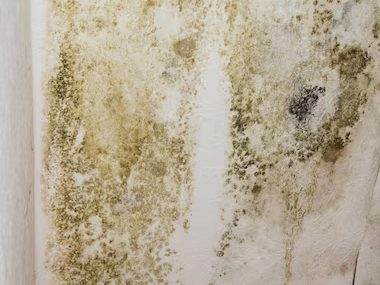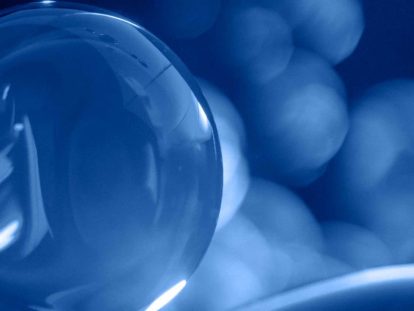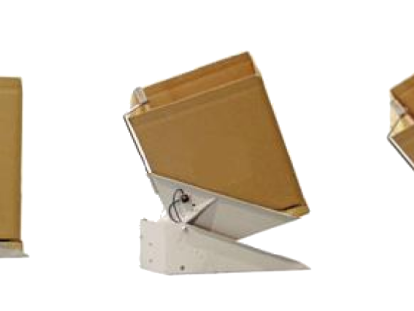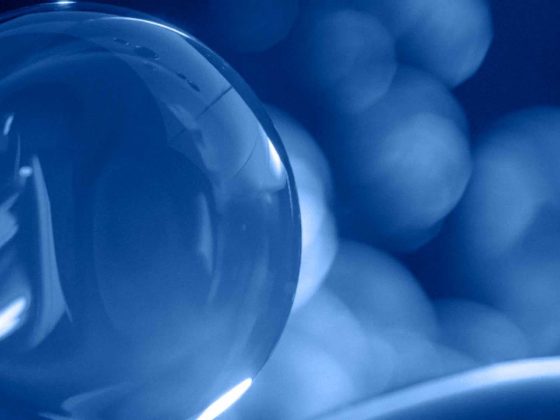Blog
Increasing Time Until Condensation: Advanced Applications of 3M™ Glass Bubbles (Part 2)
Lab-validated 3M™ Glass Bubbles S22 performance: up to 45 minutes extended condensation delay
Explore real test results, optimized S22 formulations, and why lower dry-film density extends condensation resistance.
Moisture control remains one of the most persistent challenges in architectural coatings. While introductory (part one) anti-condensation paints offer basic moisture management capabilities, advanced performance requires deeper engineering of thermal conductivity, dry-film density, and CPVC balance.
This second part explores the scientific mechanisms behind condensation delay, using validated laboratory data from 3M™ technical studies and optimized test formulations.
If you haven't read Part 1 yet, start there for the fundamentals of moisture behavior, condensation formation, and the core role of 3M™ Glass Bubbles in thermal stabilization.
Table of Contents:
Related 3M™ Glass Bubbles Articles
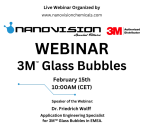
Revolutionizing Paint and Coating Industry with 3M™ Glass Bubbles
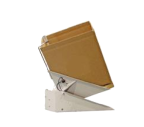
Packaging and Handling Options of 3M™ Glass Bubbles
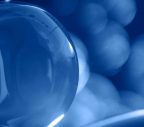
The Legacy of Innovation – 3M™ Glass Bubbles
Understanding the Science Behind Condensation Formation
Condensation occurs when surface temperatures fall below the dew point of the surrounding air. In real indoor environments, this often happens on:
- cold interior walls
- corners and junctions with poor air circulation
- basements and semi-underground areas
- bathrooms and kitchens with elevated humidity
The 3M™ technical paper confirms that excessive condensation produces long-term dampness, mold, and degradation of coatings and substrates.
Improving thermal insulation at the paint-film level is therefore a direct method to increase surface temperature and delay condensation formation.
Thermal Conductivity: The Core Principle Behind Anti-Condensation Paints
A coating’s thermal behavior is largely determined by its dry-film thermal conductivity (K-value) and density.
The 3M technical paper presents clear laboratory evidence:
lower K-value → higher surface temperature → longer condensation time.
K-Values of Glass Bubbles vs Standard Fillers

Table 1, 3M Technical Paper
Dry-Film Density: A Critical Performance Driver
The study evaluated multiple commercial anti-condensation paints vs. a standard wall/ceiling paint.
(See Table 2, 3M Technical Paper)
Key findings:
- Standard wall paint: 24 min condensation time
- Commercial “anti-condensation” paints: 20-44 min
- Best-performing commercial paint (#5): 44 min, with dry-film density 0.79 g/cc
- Higher density = lower condensation resistance
The relationship was nearly linear:
Lower dry-film density = longer condensation delay.
This is why 3M™ Glass Bubbles, being hollow, low-density microspheres, are uniquely effective.
Test Method (Scientific Setup)
The condensation test used by 3M is essential for evaluating true performance:
- High-humidity chamber set at 22°C (dew point 19–20°C)
- Cold chamber at 3°C
- Painted aluminum panels placed between the chambers
- Measured parameter: Time until first drop of condensation forms
This method provides repeatable differentiation between paint formulations.
Optimized Anti-Condensation Formulation with 3M™ Glass Bubbles S22
The study developed an optimized lab formulation using S22 Glass Bubbles:
Key properties: (Table 3, 3M Technical Paper)
- Wet density: 0.97 g/cc
- Dry density: 0.95 g/cc
- PVC: 60%
- Film below CPVC: 1.16 ratio
- Glass Bubbles loading: 11 wt% / 50 vol%
- Condensation time: 45 minutes
This value surpasses several market products tested, making it one of the highest-performing anti-condensation paints in the study.
Why S22 Glass Bubbles Deliver Superior Performance
From the technical paper’s conclusions:
Key properties: (Table 3, 3M Technical Paper)
✔Low thermal conductivity (0.071 W/m·K)
Delays heat loss from the paint film.
✔ Low dry-film density
Directly correlates with longer condensation delay.
✔ Formulation below CPVC
Ensures a non-porous, durable film with good scrub and stain resistance.
✔ Absence of CaCO₃
Prevents thermal bridging through highly conductive mineral extenders.
These advantages combine to deliver one of the most effective moisture-control coatings achievable with current raw material technologies.
Key Applications
- High-humidity interiors
- Bathrooms and kitchens
- Basements and semi-subterranean rooms
- Garages, storage areas
- Cold walls prone to condensation risk
- Residential and commercial buildings requiring moisture protection
Request the Technical Paper & Optimized Formula
You can access the full formulation, including component ratios and lab methodology, through our technical request form.
Conclusion
3M™ Glass Bubbles significantly enhance anti-condensation paints by lowering thermal conductivity, reducing dry-film density, and creating durable, closed-film structures.
Interested in engineering high-performance anti-condensation coatings?
Request a sample or formulation consultation today and take the next step toward advanced moisture-resistant coating design.
Optimize your paint formulations today!
You might also be interested in...
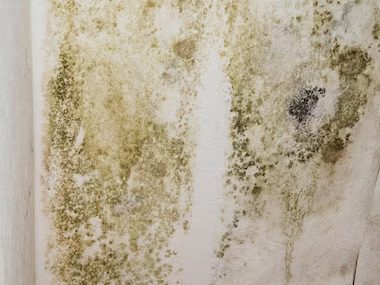
Increasing Time Until Condensation: Advanced Applications of 3M™ Glass Bubbles (Part 2)
You might also be interested in...
